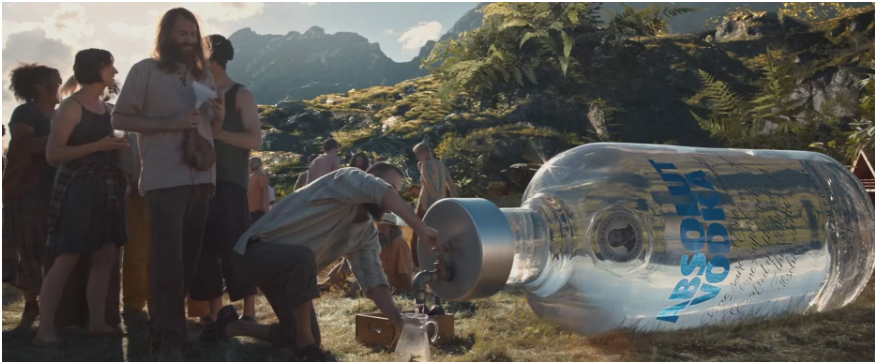Is rethinking human consumption going mainstream?
Driving down the 10 Freeway last week, I came across a billboard advertising the Matt Damon film, Downsizing. The ad provided few visual cues, yet led me to believe that Hollywood is ready to tackle America’s consumption addiction.
In an interview, writer/director Alexander Payne details the plot: “Downsizing imagines what might happen if, as a panacea for overpopulation and climate change, Norwegian scientists discovered how to shrink people down to 5 inches tall, and proposed this very earnestly as the only possible humane and inclusive solution to our biggest long-term problem.”
The film, in other words, imagines what it looks like to reduce consumption by minimizing the individual, rather than by minimizing our appetite for more.
In its ironic rearrangement of the consumption equation, the film emphasizes scale. In “Leisureland,” the home of the downsized population, for example, currency from the normal-sized world earns exceptional conversion rates in the tiny world, enabling average middle class Americans to live as millionaires.

The film’s ultimate message is powerful: To truly downsize, we need to confront our addiction to consumption.
And that addiction is strong. Our desire for more is fed to us every day through our culture, economy and media. Personally, I believe that it was taught to the masses by marketers like Edward Bernays during the Industrial Age, to enrich corporations and transform citizens into consumers.
There’s hope, though. Let’s, for instance, assume that wanting more has been built into the human condition.
What we choose to have more of–that’s where the potential lies.
The average American today desires:
- more money
- more things
- more freedom
But imagine if tomorrow’s American dreams were:
- more clean air to breathe
- more biodiversity in our oceans
- more income equality
- more transparency
- more sustainable businesses
Sustainability, which aims to change the landscape of our operations by downsizing society’s excessive behaviors, can jumpstart this transformation. If we utilize our appetite for more by redirecting our hunger, we can catalyze the healing that our society and the environment require.
It won’t be easy, of course. In Downsizing, the characters who’ve been shrunk are consumed with anxiety and uncertainty about their choice. It’s similar to to the anxiety felt by someone today aspiring to lead a more sustainable life.
When faced with our massive, ingrained consumer culture, we feel nervous as we imagine how we’ll manage life with less. How will we get by?
That fear is a positive reminder that we’re on the cusp of our comfort zone, ready to downsize our impact.
I’m currently in the process of downsizing, myself, and I’m feeling a little anxious. I’m moving into a smaller apartment and am considering becoming a one-car household instead of a two-car. But the more I think about the impact of my choices–how fewer possessions means a more prosperous environment–my anxieties quiet, and my dream of a revitalized planet grows stronger.
Only after we curb our consumption will we be able to enjoy the abundance this planet offers.
Are we on the verge of a sustainability revolution? By the looks of this Hollywood feature, the potential is there. We must continue the fight until there is no doubt.
